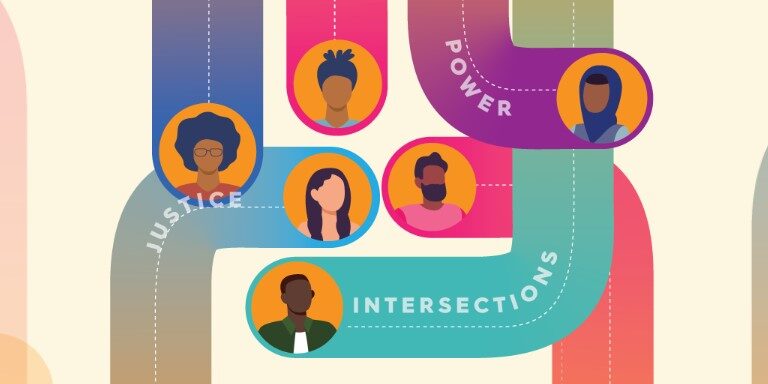By Dr. Yvonne Sherwood & Dr. Veronica Terriquez
October 2020
California is the U.S. state with the third largest population of self-identified Native Americans/Alaskans. Native American communities are growing within the country and are younger relative to the U.S. general population. At the same time, Native Americans are disproportionately likely to live in poverty, experience low educational attainment, lack employment, and suffer from poor health outcomes. Tribal communities’ health issues are inextricably linked to the dispossession of their land, exposure to environmental contaminants, and the suppression of cultural practices. Given the history and harmful effects of settler colonialism, Native youth organizing is fundamentally intergenerational and connected directly to the issue of land and cultural revitalization, and therefore worthy of investments.
This brief report highlights findings from interviews with five organizations that serve Native youth in California. It highlights four key themes that emerged from interviews that can inform planning for future investments in youth organizing serving Native and Indigenous youth: (1) Indigeneity as an inclusive definition of Native youth; (2) the significance of cultural revitalization; (3) geographic dispersion and digital infrastructure; (4) the role of government agencies in providing an institutional footprint and recruitment platform. We conclude with questions to consider in thinking through future investments in youth organizing that target Native and Indigenous youth.




